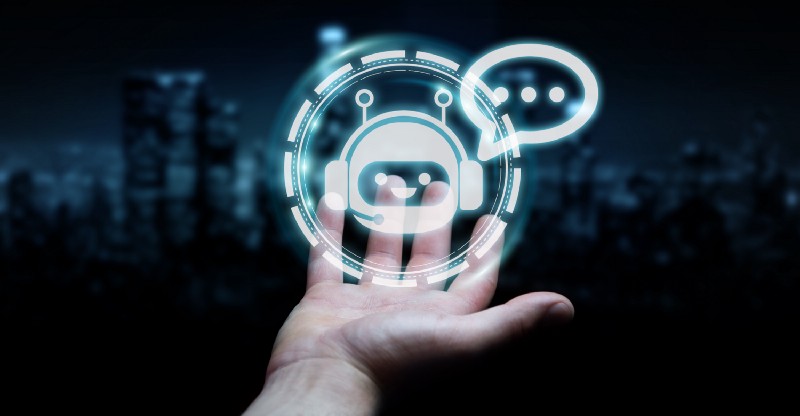
The recent standardization of speech recognition and natural language understanding (NLU) technologies has led to the first step in enterprises embracing newly enabled capabilities: The chatbot. Beginning in 2016, enterprise businesses began to seriously invest in chat as way to rethink interfaces to business data, to streamline how employees and customers access services, and to enable cost-saving strategies such as self-service. However, chatbots are simply the first foray into new capabilities enabled by NLU, and the next round will see the emergence of systems that leverage NLU to optimize the interface between the human and the digital to maximize value.
Soon, over her morning coffee, a sales director will be able to speak out loud about her previous day. Her end-to-end NLU-enabled system will respond by automatically queuing up dynamic reports on her screen, optimizing her to-do list for the new day based on her past behavior and serving that automatically to her device, reaching out to the appropriate team members and scheduling her meetings for the week, all while holding a conversation with her about her recommended weekly plan via her digital assistant.
This will all be possible with systems optimized based on how humans communicate best, how digital systems process information, and how the two work together.
Letting Humans be Human
Speech to text, NLU, and the standardization of how developers interact with these algorithms has, for the first time in decades, upended how humans can pass information to digital systems. These technologies are undergoing their own renaissance for the plain fact that they allow humans to communicate in the way we’ve been doing it for millenia: speech. Speech allows users to rely on their own ability to communicate nuanced, precise flows of information in a way that is so natural, it far outstrips the standard of touch-and-keyboard in terms of efficiency and accuracy.
Letting Digital Systems do Their Thing
Chatbots have been the first step because they are what we know. Starting with the first messenger applications, we’ve been sending and receiving information in natural language formats for decades. This paradigm is a natural first step for NLU. But, we are now at the cusp of seeing a revolution in how digital systems process human speech and provide information back to the user in all the ways digital systems are able (and in the ways humans cannot): dynamic data explorations, virtual reality experiences, pervasive multi-device workflows and more.
A Perfect Balance
By marrying Natural Language Understanding with the full menu of existing and future digital communication models, we can optimize the passing of every piece of information to fit the specific communication style and need of the sender and receiver. The result: enterprise systems that fundamentally change core business technologies, leading the way to efficiencies, cost savings and new business models.
JumpStart Your AI Success With Kopius
Kopius supports businesses seeking to govern and utilize AI and ML to build for the future. We’ve designed a program to JumpStart your customer, technology, and data success.
Tailored to your needs, our user-centric approach, tech smarts, and collaboration with your stakeholders, equip teams with the skills and mindset needed to:
- Identify unmet customer, employee, or business needs
- Align on priorities
- Plan & define data strategy, quality, and governance for AI and ML
- Rapidly prototype data & AI solutions
- And, fast-forward success
Partner with Kopius and JumpStart your future success.
Additional Resources:
